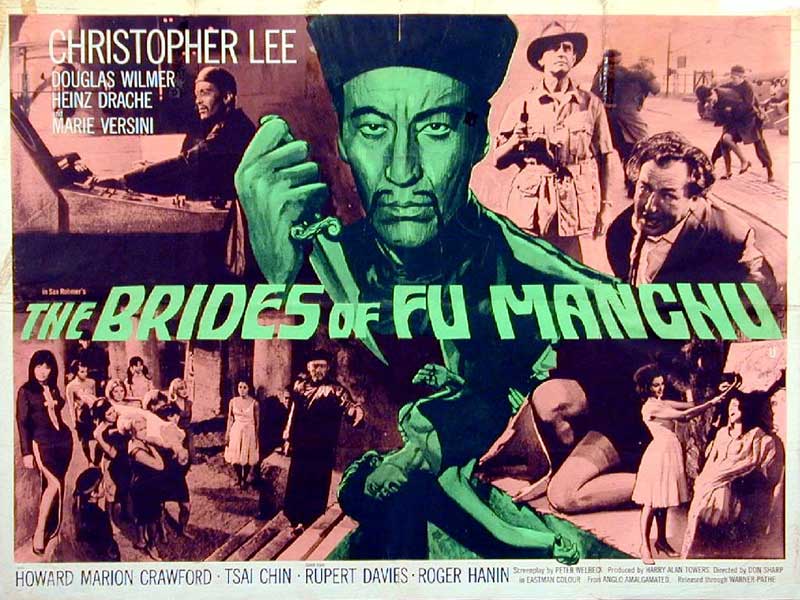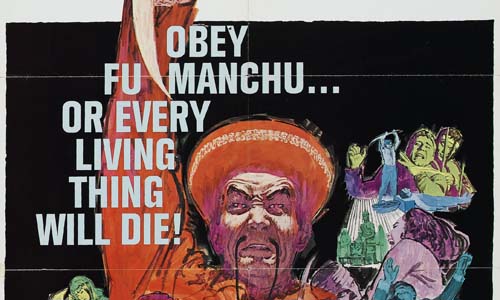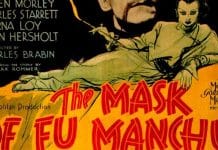Enter the mysterious world of Dr Fu Manchu, created by Sax Rohmer, and uncover some surprising and entertaining tidbits about this legendary literary super villain.
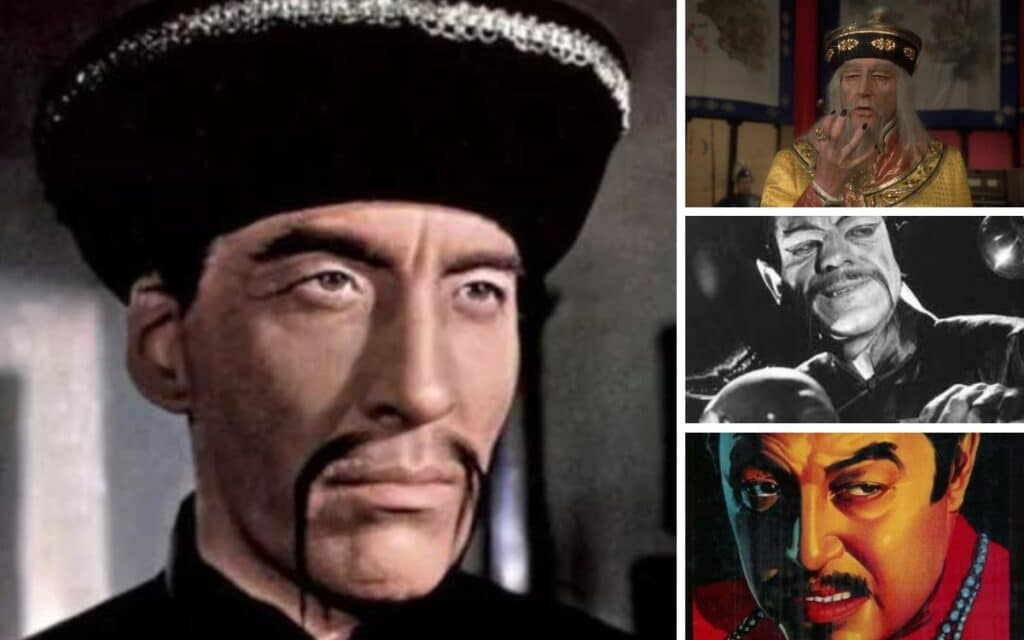
Sax Rohmer’s real name was Arthur Henry Sarsfield Ward
Sax Rohmer was the pseudonym of Arthur Henry Sarsfield Ward, an English author born in Birmingham in 1883. Ward was born into a working-class family and left school at the age of 14 to work as a clerk. He later became a journalist and worked for several newspapers and magazines before turning to fiction writing. In addition to his work as an author, Rohmer was also an accomplished playwright and was involved in the London theater scene. He wrote plays and scenarios for the silent movie industry in the early 1900s.
Romhmer wrote 13 Fu Manchu novels
Rohmer wrote 13 novels featuring the character of Dr Fu Manchu, the first of which, “The Mysterious Dr Fu-Manchu,” was published in 1913. This novel introduced the character of Dr Fu Manchu, who would go on to become one of the most iconic villains in popular culture. The novel was an instant success and launched the series that would come to define Rohmer’s writing career. Each of the 13 novels was set in the early 20th century and followed the character as he schemed and plotted to achieve his goals. The books were known for their vivid descriptions of exotic locations, such as Shanghai and Hong Kong, and the cultural differences between East and West.
The original Sax Rohmer Fu Manch Novels were:
- “The Mysterious Dr Fu Manchu” (1913)
- “The Devil Doctor” (1916)
- “The Si-Fan Mysteries” (1917)
- “The Hand of Fu Manchu” (1917)
- “Daughter of Fu Manchu” (1931)
- “The Mask of Fu Manchu” (1932)
- “The Bride of Fu Manchu” (1933)
- “The Trail of Fu Manchu” (1934)
- “President Fu Manchu” (1936)
- “The Drums of Fu Manchu” (1939)
- “The Island of Fu Manchu” (1941)
- “The Shadow of Fu Manchu” (1948)
- “Emperor Fu Manchu” (1959)
Fu Manchu wants to rule the world
Fu Manchu was depicted as a criminal mastermind who was seeking to rule the world through his cunning and intelligence. In the novels, he was portrayed as the epitome of evil, using a variety of diabolical methods, including poison, to achieve his goals. He was depicted as having a vast network of spies and agents who carried out his bidding, and he was often seen as a rival to the protagonist, Nayland Smith, who was a British official tasked with stopping the evil genius’ plans.
The novels described a changing world, from old ways to new
The novels were set in the early 20th century and were known for their vivid descriptions of exotic locations, such as Shanghai and Hong Kong. The books were set in a time of great change, as the world was rapidly transitioning from the Victorian era to the modern era. This was reflected in the books, which often portrayed the cultural differences between East and West, as well as the conflicts between the old and the new. The books dealt with themes of imperialism and colonialism, as well as the struggle for power and control in a rapidly changing world.
The Fu Manchu novels remain popular today, not just as classic works of crime and mystery, but also as historical documents that offer a glimpse into the early 20th century world.
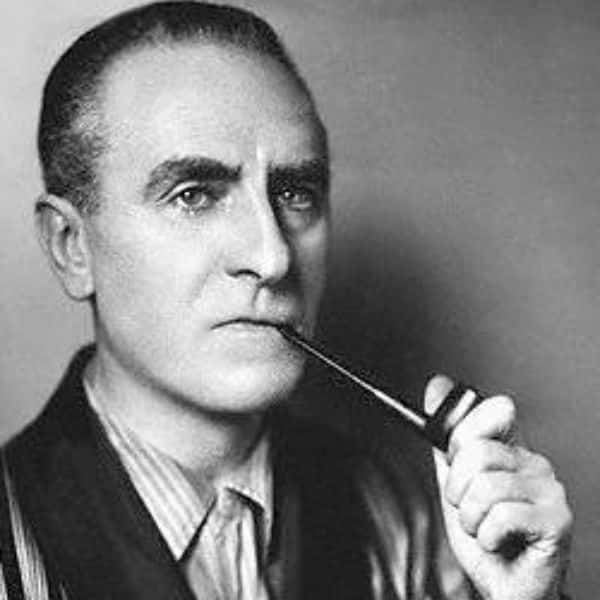
Fu Manchu books have been criticised for being racist and xenophobic
The novels have been described as having racist and xenophobic undertones, with Fu Manchu serving as a representation of the “yellow peril,” a common trope of the time. The yellow peril was a cultural trope that originated in the late 19th century, which portrayed the people of Asia as a threat to the Western world.
Critic Edward Said famously stated that “the figure of Fu Manchu has become a shorthand for the sinister and monstrous aspects of the East.” The portrayal of Fu Manchu as a ruthless and cunning villain perpetuated harmful stereotypes about Asian people, and contributed to the idea that the people of Asia were a threat to the Western world.
The books have been turned into films many times
The books have been adapted into several films, including “The Mysterious Dr Fu Manchu” (1929), which starred Warner Oland as Fu Manchu, “The Mask of Fu Manchu” (1932), which starred Boris Karloff as Fu Manchu, and “The Castle of Fu Manchu” (1969), which starred Christopher Lee as Fu Manchu. “The Fiendish Plot of Dr Fu Manchu” (1980), a comedy, was the last film of Peter Sellers. Fu Manchu was also parodied in “Grindhouse” (2007) with Nicolas Cage appearing in a fake trailer as the evil genius.
Some of the films including the character of Dr Fu Manchu include:
- The Mystery of Dr Fu-Manchu (1929)
- The Return of Dr Fu Manchu (1930)
- Daughter of the Dragon (1931)
- The Mask of Fu Manchu (1932)
- The Mysterious Dr Fu Manchu (1956)
- The Face of Fu Manchu (1965)
- The Brides of Fu Manchu (1966)
- The Vengeance of Fu Manchu (1967)
- The Castle of Fu Manchu (1969)
- The Fiendish Plot of Dr Fu Manchu (1980)
Sax Rohmer’s legacy is still felt today
Sax Rohmer died in 1959 in London, but the legacy of Fu Manchu continues to influence popular culture today. Fu Manchu has become a cultural icon, and has been referenced in numerous books, television shows, and movies. For example, the character of Dr No in the James Bond series is widely seen as being influenced by Fu Manchu, and the character of Ra’s al Ghul in the Batman comics is often compared to Fu Manchu. The novels have also inspired a number of other literary works, such as Michael Chabon’s “The Amazing Adventures of Kavalier and Clay,” which features a character who is a thinly-veiled parody of the criminal mastermind.
The enduring popularity of the Fu Manchu novels and the character of Fu Manchu is a testament to Sax Rohmer’s skills as a storyteller, and to the timeless appeal of the villainous mastermind as a literary character.



